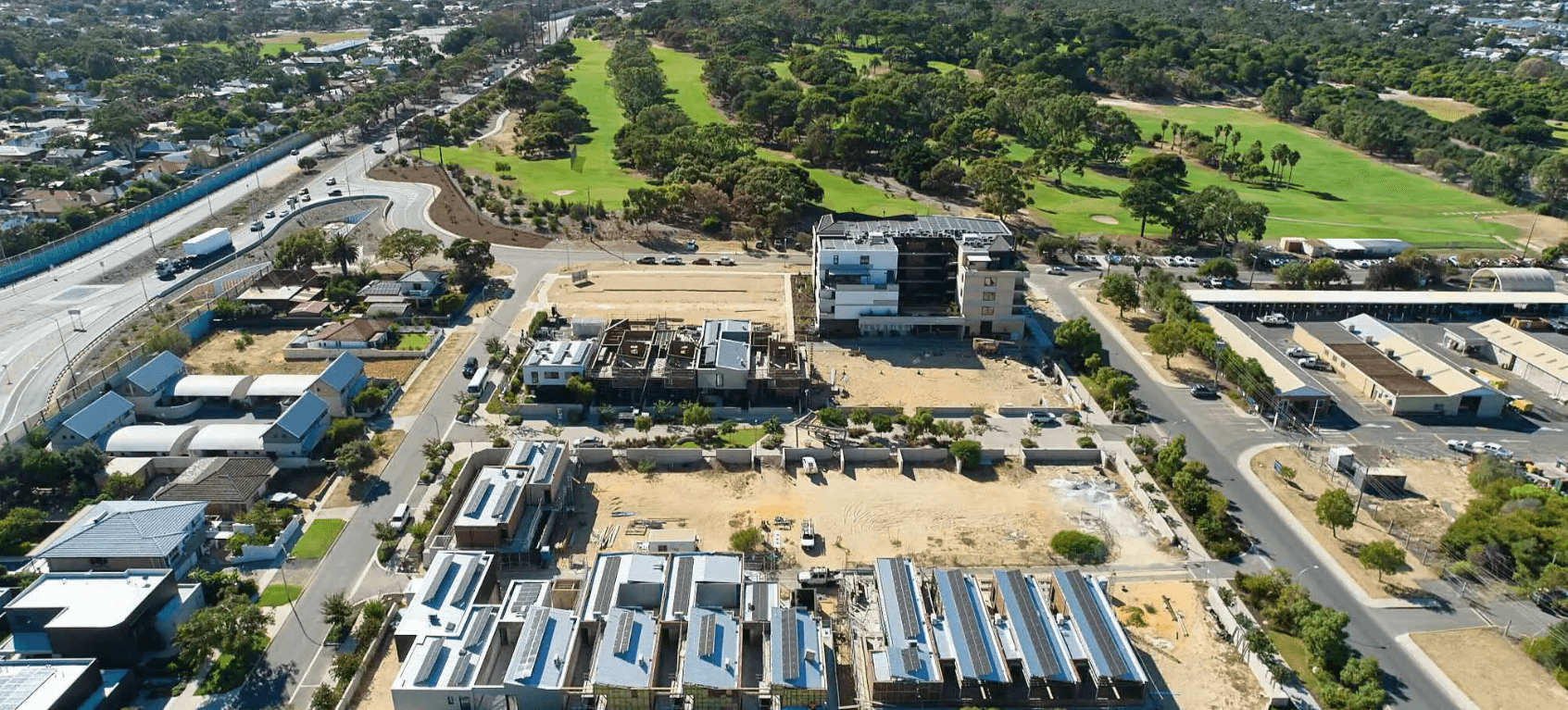
Precinct type
- Residential Precinct
- Mixed Use Precinct
- Light Industrial Precinct
Development Type
- Infill
- Greenfield
- Retrofit
Maturity Stage
- Planning
- Delivery
- Operational
Innovations
- Planning and urban design
- Governance and policy
- Digital networks and smart technology
- Engagement and impact
- Carbon modelling and decision support tools
- Renewable energy and power systems engineering
- Systems transition
Innovation Focus
Review benefits and operations of WGV after 10 years, integrate lessons from the East Village innovations (e.g., microgrid, shared battery and rapid Electric Vehicle charger) and plan the next stages of this net zero precinct in Swanbourne Street Structure Plan Area.
WGV sits directly adjacent to the Knutsford Urban Regeneration Precinct. Located on a former school site, the 2ha residential development includes approximately 80 dwellings with a diverse range of climate responsive housing options, including single residential homes and apartments. WGV is considered as a pioneering model for net zero planning, as well early adoption of emerging renewable energy technologies. The opportunity now is to evaluate the success of the various low carbon initiatives, especially the lessons learned from shared solar energy initiatives.
East Village at Knutsford is a 1.5-hectare brownfield residential development, including 36 town homes, an apartment building and future terrace homes. The all-electric sub-precinct features climate responsive design, shared solar energy systems, rainwater harvesting, localised stormwater management, a groundwater supply scheme, and strata managed billing for shared services. The project will move from construction to occupancy over the life of the Net Zero Precincts project, providing valuable learnings on technology integration, commissioning and resident engagement.
The Swanbourne Street Structure Plan area is 8.3ha of former industrial land that has undergone decontamination works and will soon move into subdivision planning phase. Here the research activities will focus on applying lessons learned from WGV and East Village into the design process, especially around the interrelationships between land title, energy services and governance models.
The Knutsford Urban Regeneration Precinct also serves as a case study for the ‘Net Zero Corridor’ research, exploring innovative mid-tier transportation solutions to enable better quality urban development.
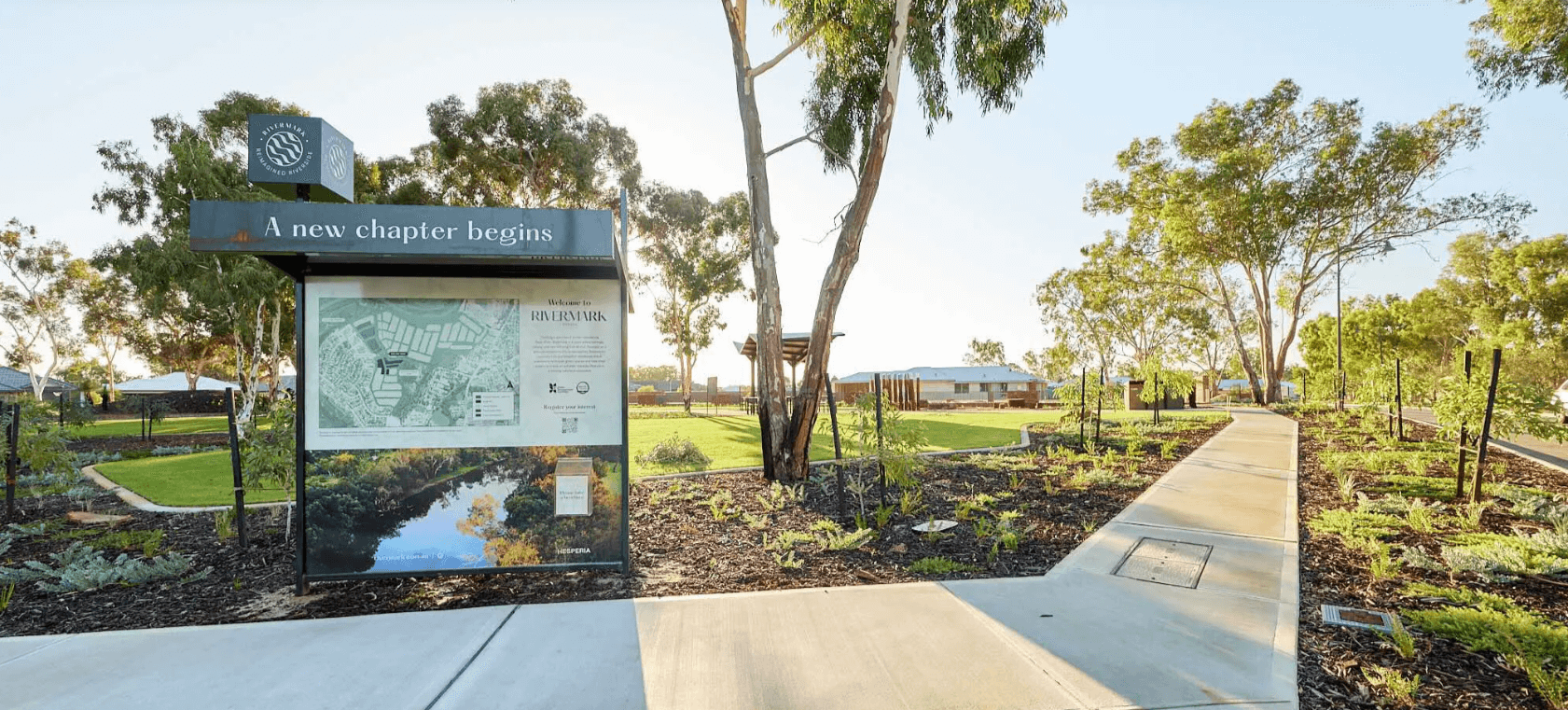
Precinct type
- Residential Precinct
- Mixed Use Precinct
- Light Industrial Precinct
Development Type
- Infill
- Greenfield
- Retrofit
Maturity Stage
- Planning
- Delivery
- Operational
Research activities at Rivermark will focus on investigating resident interest and uptake of a novel developer-led behind the meter battery leasing service to enhance the utilisation of locally generated solar energy. Technical performance through smart metering, as well as the importance of resident energy literacy and stakeholder trust will be investigated.
Innovations
- Planning and urban design
- Governance and policy
- Digital networks and smart technology
- Engagement and impact
- Carbon modelling and decision support tools
- Renewable energy and power systems engineering
- Systems transition
Innovation Focus
Evaluate net zero urban planning and governance innovations. In addition to operational energy it will consider construction materials and ecological place making.
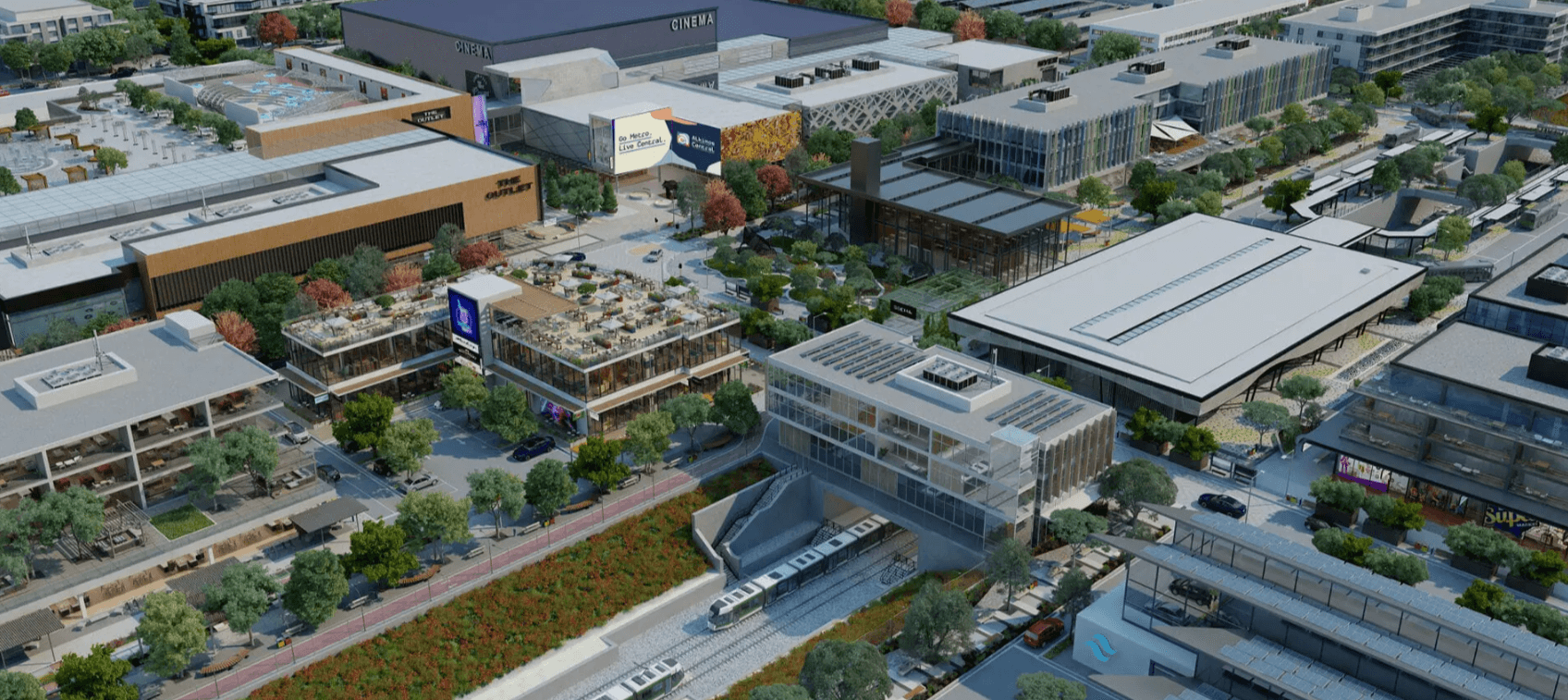
Precinct type
- Residential Precinct
- Mixed Use Precinct
- Light Industrial Precinct
Development Type
- Infill
- Greenfield
- Retrofit
Maturity Stage
- Planning
- Delivery
- Operational
With an aspiration to achieve net zero, the project team are using Lifecycle Assessment (LCA) to inform low carbon design decisions and investigating how best to integrate local solar energy generation and large-scale battery storage.
Research activities will explore the transferability of Distributed and Consumer-oriented Energy System (DES/CES) models across other development types with the aim of facilitating improved utilisation of locally generated and stored energy by multiple end-users under various land titles.
Innovations
- Planning and urban design
- Governance and policy
- Digital networks and smart technology
- Engagement and impact
- Carbon modelling and decision support tools
- Renewable energy and power systems engineering
- Systems transition
Innovation Focus
Prepare net zero urban planning options for a new city centre around a new train station.
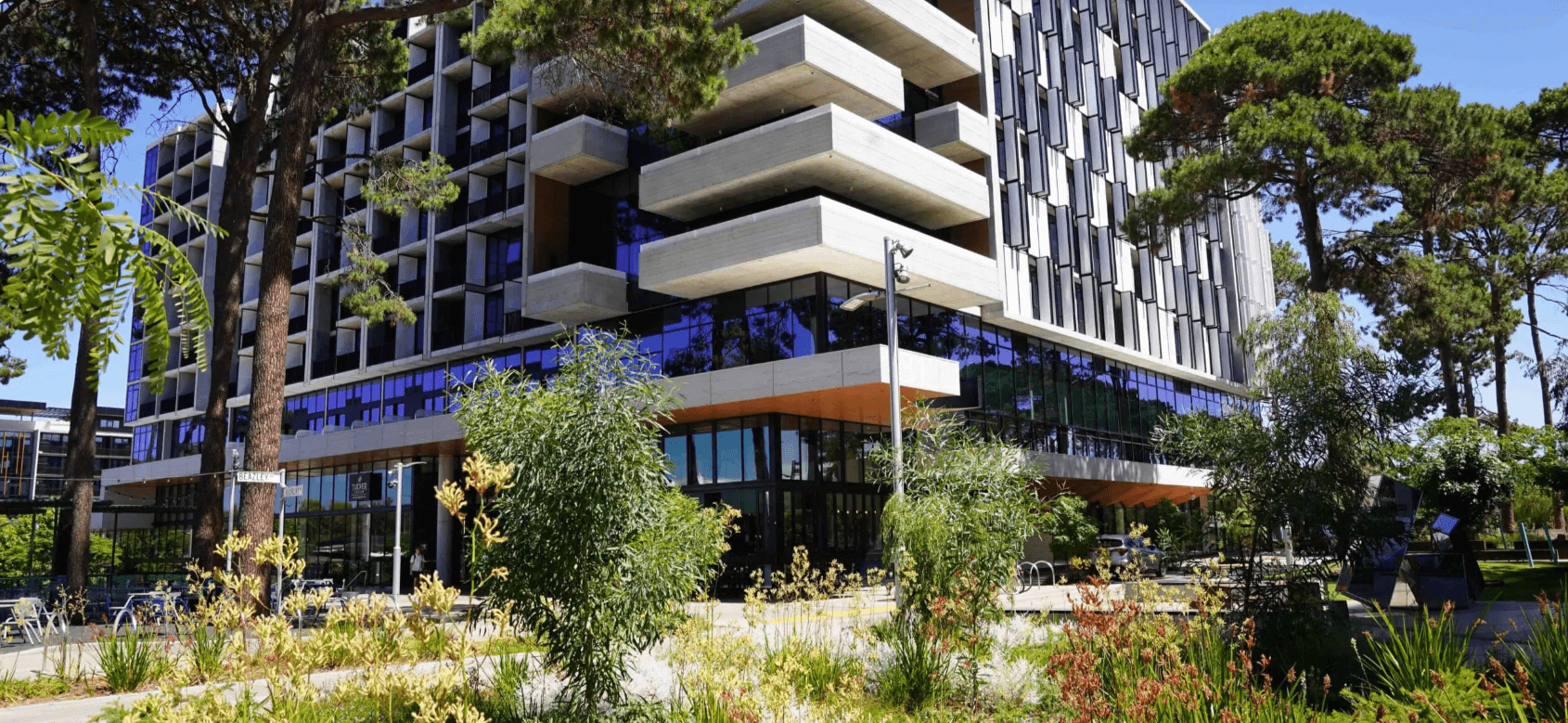
Precinct type
- Residential Precinct
- Mixed Use Precinct
- Light Industrial Precinct
Development Type
- Infill
- Greenfield
- Retrofit
Maturity Stage
- Planning
- Delivery
- Operational
Research activities for this case study align with a scheduled campus masterplan review being undertaken by Curtin Properties, Facilities and Development, as well as the preparation of the University’s decarbonisation strategy. This provides an opportunity to embed research into this major mixed use development, including an evaluation of lifecycle implications of refurbishment versus new buildings and infrastructure renewal, and consideration of emission reduction targets across all scopes.
Initial research will focus on the piloting of a digital twin platform as a decision support tool to understand the impact of increased space utilisation, improved energy efficiency outcomes and the integration of Consumer Energy Resources. The role of green infrastructure in supporting next zero outcomes will also be explored.
Innovations
- Planning and urban design
- Governance and policy
- Digital networks and smart technology
- Engagement and impact
- Carbon modelling and decision support tools
- Renewable energy and power systems engineering
- Systems transition
Innovation Focus
Develop a decarbonisation action plan to support Climate Active certification, integrating the existing novel campus energy management system and net zero transport plan.
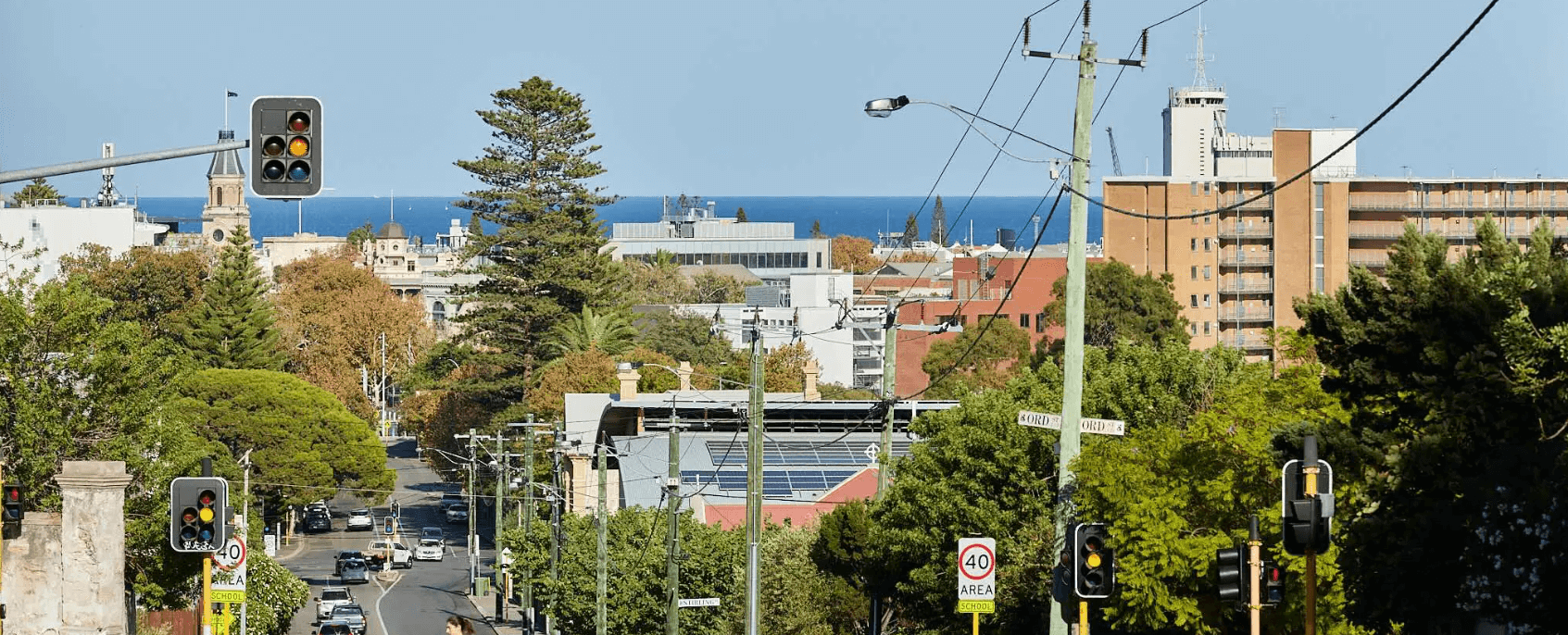
Precinct type
- Residential Precinct
- Mixed Use Precinct
- Light Industrial Precinct
Development Type
- Infill
- Greenfield
- Retrofit
Maturity Stage
- Planning
- Delivery
- Operational
Initial corridor case studies will include a route from Knutsford to Fremantle, which intersects with the Knutsford Urban Regeneration Precinct, and a route from Stirling to Curtin which intersects with the Curtin Bentley campus precinct. A third case study will be in Melbourne along the Caulfield to Rowville corridor connecting with Chadstone Shopping Centre and Monash University’s Clayton Campus.
Central to this research is the adaption and testing of an open-source US scenario modelling tool called Envision Tomorrow. Dubbed ‘ET Oz’, the Australian version aims to support decision making processes for optimising urban regeneration and net zero outcomes.
Innovations
- Planning and urban design
- Governance and policy
- Digital networks and smart technology
- Engagement and impact
- Carbon modelling and decision support tools
- Renewable energy and power systems engineering
- Systems transition
Innovation Focus
Develop a net zero corridor linking NZP with net zero transport to scale and amplify impact. Possibilities include Monash Campus (VIC), Knutsford (WA) and City of Stirling/Curtin campus (WA).
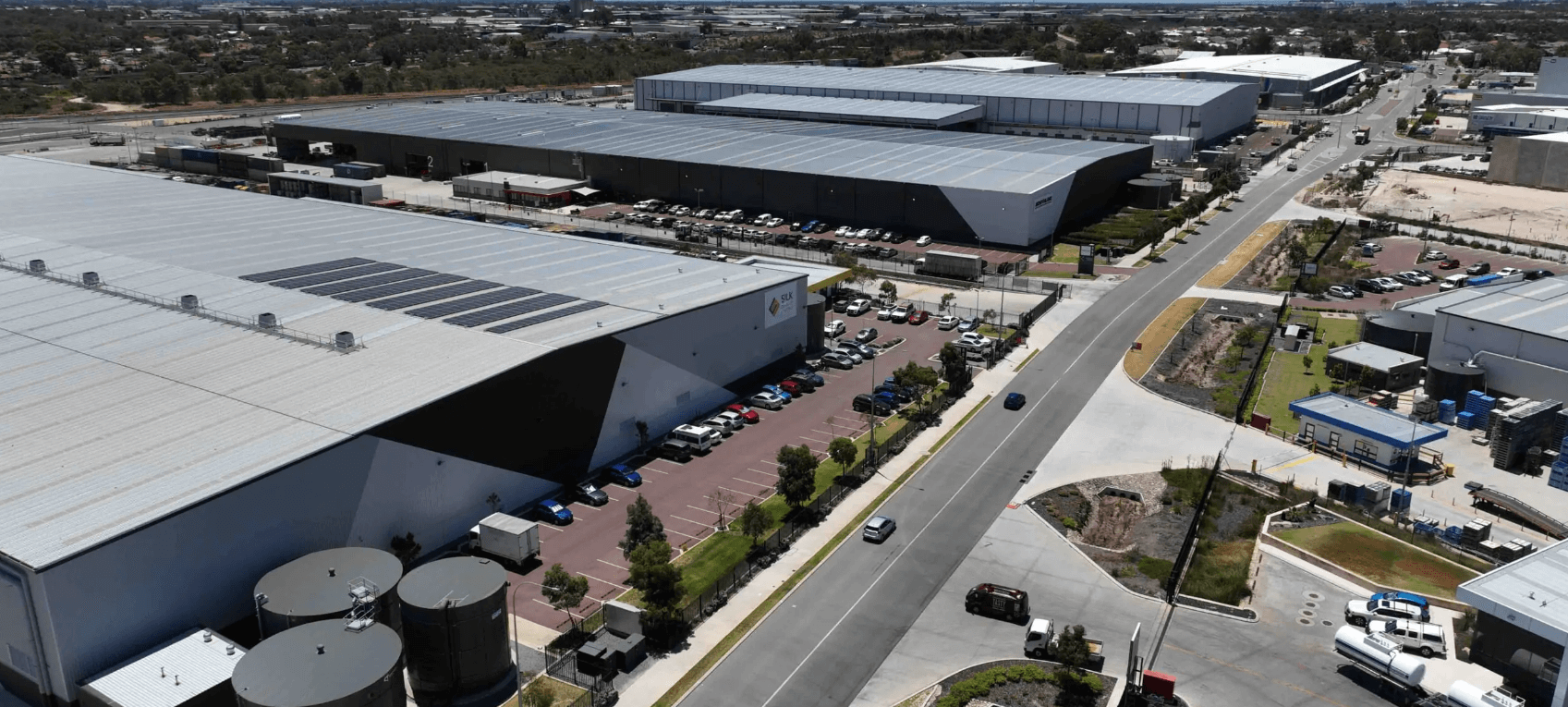
Precinct type
- Residential Precinct
- Mixed Use Precinct
- Light Industrial Precinct
Development Type
- Infill
- Greenfield
- Retrofit
Maturity Stage
- Planning
- Delivery
- Operational
Across the precinct, energy-efficient practices reduce overall energy demand, whilst smart technologies enable tailored solar and battery solutions for tenants, supported by Hesperia’s subsidiary Npower. Research activities will focus on understanding the effectiveness of energy efficiency and renewable energy initiatives, low-carbon materials, and achieving carbon neutrality through recognized offsets.
Innovations
- Planning and urban design
- Governance and policy
- Digital networks and smart technology
- Engagement and impact
- Carbon modelling and decision support tools
- Renewable energy and power systems engineering
- Systems transition
Innovation Focus
Review operations of CEFC-funded first stage, and deliver a net zero precinct certification for a logistics-based industrial estate.
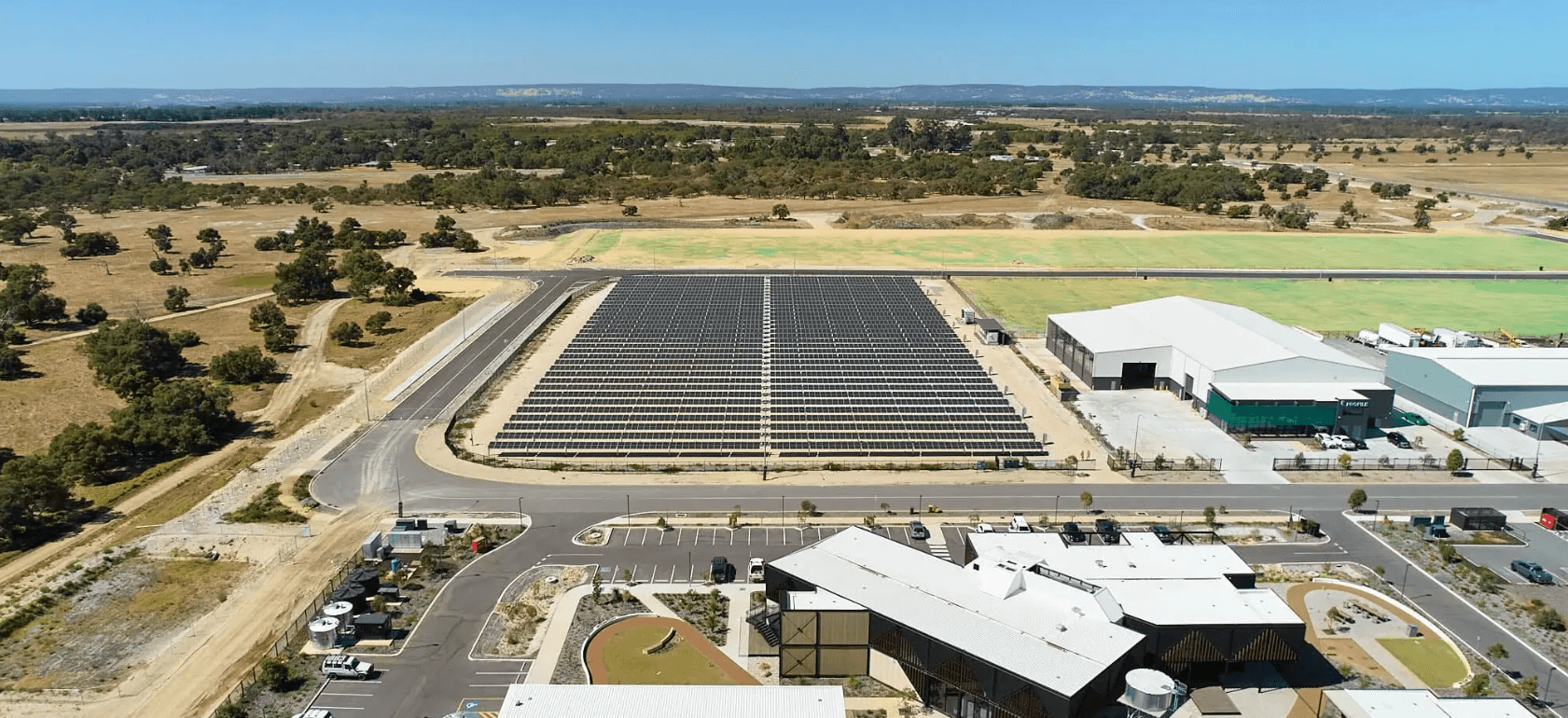
Precinct type
- Residential Precinct
- Mixed Use Precinct
- Light Industrial Precinct
Development Type
- Infill
- Greenfield
- Retrofit
Maturity Stage
- Planning
- Delivery
- Operational
A key feature of the project is a privately owned and operated grid connected renewable energy micro-grid that provides end users with a minimum of 50% renewable energy through on-site solar energy and battery storage systems, delivering an expected saving of around 30% when compared to regulated bundled tariffs. Positioned as a ‘green industrial park’ model, it aims to attract tenants with net zero ambitions and inspire similar projects globally.
Research activities will focus on technical and governance considerations enabling this type of third-party owned infrastructure, including a roof top leasing model that will see the expansion of the existing 1MW ground mounted PV array onto privately owned buildings.
Innovations
- Planning and urban design
- Governance and policy
- Digital networks and smart technology
- Engagement and impact
- Carbon modelling and decision support tools
- Renewable energy and power systems engineering
- Systems transition
Innovation Focus
Evaluate operations of first stage solar and battery based system for enabling green industrial development and work on net zero precinct certification.
Precinct type
- Residential Precinct
- Mixed Use Precinct
- Light Industrial Precinct
Development Type
- Infill
- Greenfield
- Retrofit
Maturity Stage
- Planning
- Delivery
- Operational
- Planning and urban design
- Governance and policy
- Digital networks and smart technology
- Engagement and impact
- Carbon modelling and decision support tools
- Renewable energy and power systems engineering
- Systems transition
Review benefits and operations of WGV after 10 years, integrate lessons from the East Village innovations (e.g., microgrid, shared battery and rapid Electric Vehicle charger) and plan the next stages of this net zero precinct in Swanbourne Street Structure Plan Area.


